
How to properly choose materials for bathroom wall finishing so the room is beautiful, safe, and easy to clean? What can continuously withstand the influence of moisture, steam, temperature changes, and the aggressive impact of cleaning agents? In this article, we will look at 10 materials that can be used to decorate your bathroom and create a truly first-class atmosphere.
1. Ceramic Tile
Let’s start with a classic! Most often, ceramic tiles are chosen for bathroom wall finishing. They are produced in a variety of shapes, types, and colors. It can be rectangular, square, hexagonal, glossy, matte, textured, or with special decorative application. The list of possible characteristics can be long.
Manufacturers make every effort to satisfy any client needs. For example, many release tiles in series. Thanks to this, you can choose cladding for walls, floors, and decorative elements from one set. It will all be made in the same style, and all its colors will perfectly match each other.
An interesting solution for design could be the combination of monochromatic and colored coating. For instance, white with a patchwork pattern. Also, a Mediterranean or other authentic pattern that sets a certain mood for the room combines perfectly with white ceramic tiles.
The combination of white and wood color will look very relevant. This trend came to us from eco-design. Such decoration removes the feeling of sterility that can occur in a purely white bathroom.
When choosing ceramic products, mosaic deserves separate attention. This is not the easiest material to lay, but the result will be worth the effort. With these miniature tiles, you can create a beautiful and refined design for the shower area and sink. Moreover, with specially marked sets, you can depict small drawings or even full-fledged pictures in the bathroom.


2. Paint
No less popular method of bathroom wall finishing is painting. It is usually recommended to use acrylic water-based or semi-gloss paint, from an acrylic copolymer. When choosing, read the instructions on the package. Usually, it contains a detailed description of the material, indicating the degree of resistance to moisture, as well as cleaning and washing agents.
Compared to various tiles, paint is a more affordable material. Moreover, it is much easier to apply. However, it should be taken into account that such processing is still subject to some negative influence of humidity. Therefore, it is better to use it either in combination with other finishing materials, or if the plumbing is located so that the walls will not have constant contact with water.

3. Decorative Stone
Due to the trend of using natural materials for interior design, stone is increasingly used for bathroom wall finishes. However, natural material and its proper installation is a rather expensive pleasure, which not every homeowner can afford.
As an alternative, manufacturers have started to produce high-quality artificial substitutes. Visually it very much resembles natural raw materials. Moreover, unlike real stone, artificial – has a very insignificant weight and it is much easier to lay.
In terms of design, it should be noted that an overabundance of such expressive materials can negatively affect the overall interior of the bathroom, especially if the room is small. It’s better to decorate with stone only part of the room or a few small areas. For example, you can make one contrasting wall or lay out a stone form for the bath and sink.
With a combined design, this type of finish is best combined with painting, plastering, or ceramic tiles. But depending on your project, other options are also possible.


4. Wood
Like stone, wood has been increasingly used for bathroom decor due to the trend towards natural materials. But to carry out such a wall finish, the wood needs to be carefully prepared with special means. You should be sure that the boards will not rot in a couple of years and you will not have to do the repair again.
Wood in the bathroom is most often used as a contrasting material for decorating one wall or certain areas – washbasin area, cabinets, and others.
If you are not ready to use natural material, you can always choose an artificial alternative instead. It can completely recreate the appearance of wood or simply have a wooden pattern.


5. Decorative Plaster
Another unconventional material for finishing bathroom walls is plaster. It can be applied if the bath is partially lined with tiles or another moisture-resistant material, and also if the plumbing does not abut the walls.
In order to protect such a finish from negative factors, it needs to be covered with a special protective varnish or another similar acting agent.
With decorative plaster, you can create a soft and pleasant design in the Scandinavian style. Also, it can be designed as a somewhat rough surface with a pronounced relief texture – this option will be perfect for arranging a bathroom in the loft style.

6. Brick
Originally not intended for bathroom wall finishes, brick requires careful treatment with protective and antiseptic agents.
This material is preferably not to be placed in areas close to water. Rather, it should become simply a design element – it can be used to decorate separate areas of the room, create contrasting walls in the room, or design niches.
The slightly careless look that arises when using a brick is perfect for creating a Scandinavian style and loft style. And when painted in white – you can get an interesting classic option, Provence or shabby chic.

7. Mirror Tile
If you have a small bathroom, and you would like to visually enlarge it, then think about using mirror tiles. It is applied in the same way as ceramic, but you need to be a little more careful with it as it is a more fragile material.
Of course, there is no point in making a completely mirrored room – usually, tiles are applied either in areas or only on one of the walls. It’s also necessary to understand that this type of decoration requires complicated maintenance – it’s better to place such inserts where it is unlikely that moisture will get on them, otherwise, you will have to constantly clean them.
When choosing the size of the tile, it should be noted that large options can only be used in large bathrooms. They do not visually expand, but on the contrary – they will slightly steal space. For a small bathroom, medium or small size material will suit better. Also, you can purchase mirror mosaic. It can be used as a standalone design element, as well as part of a ceramic or glass mosaic lining.

8. Wallpaper
As unexpected as it may sound, you can also finish bathroom walls with wallpaper. You just need to choose those types that resist the influence of moisture well – vinyl or acrylic.
In a small room, you can glue photo wallpaper on one of the walls. Depending on the pattern, they can give the room a certain stylistic effect. For example, a landscape will create a sense of perspective, bright flowers will lift the mood, and a warm pattern in pastel tones will add a sense of comfort.
But, despite the relative water resistance, when using wallpaper in the bathroom, you should always remember – if liquid gets to the junction of two sheets, they may gradually start to come off the walls.

9. Glass Tile
Relatively recently, another popular material for bathroom walls became glass tile. It is a rather strong and safe coating, which is made from tempered glass. It withstands both cleaning with detergents and any other types of aggressive impact.
Glass tiles come in different sizes, from the smallest to large slabs. It can have different colors or patterns. In addition, this material is also produced in the form of a mosaic.
Since the glass finish is not afraid of moisture, it can be placed in any parts of the bathroom, including in the shower area or near the bath, where water runs.


10. Marble
One of the most beautiful and expensive materials for bathroom finishing is marble. In addition to its external attractiveness, it has a couple of features that it is better to prepare for in advance. In the future, this will help properly care for its condition and maintain its natural beauty for as long as possible.
The thing is that this stone can absorb substances that get on it in small quantities. This means that if you use some colored hygiene products and they get on the slab, it may develop indelible stains. Moreover, aggressive detergents can harm it.
In other words, marble is a “living” stone, which actively interacts with the substances surrounding it and can change under their influence.


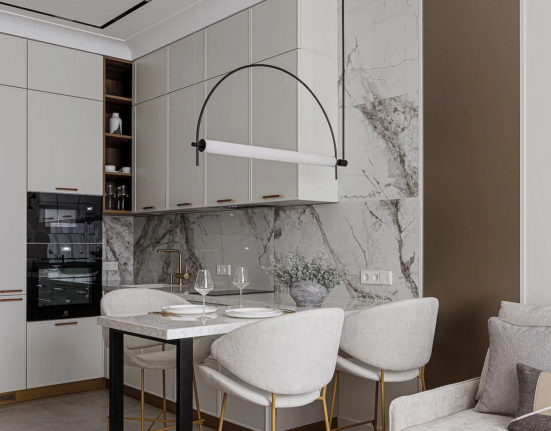
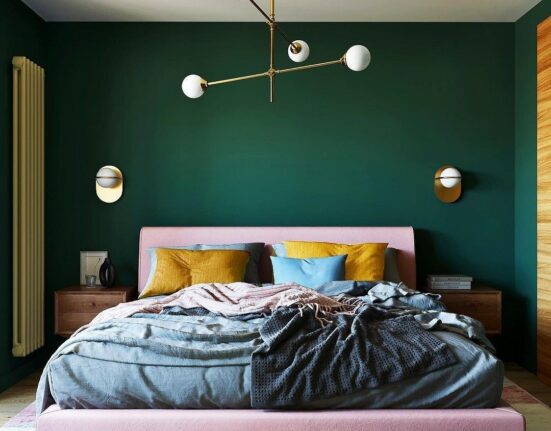
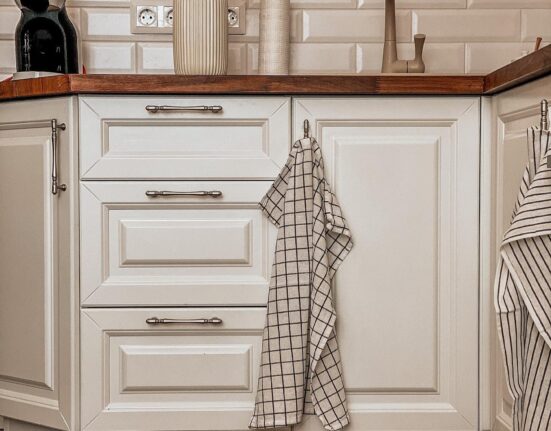
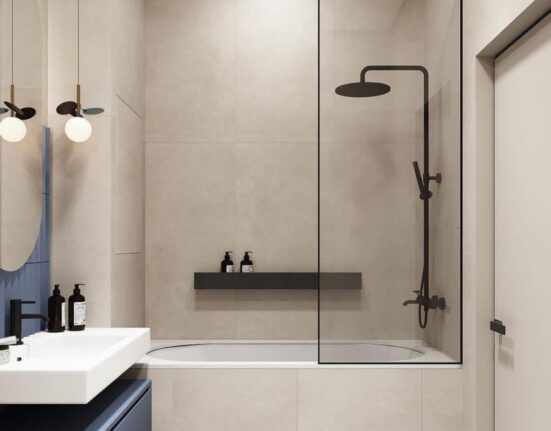
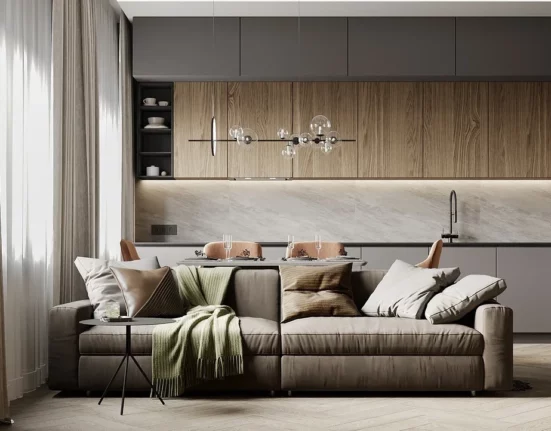
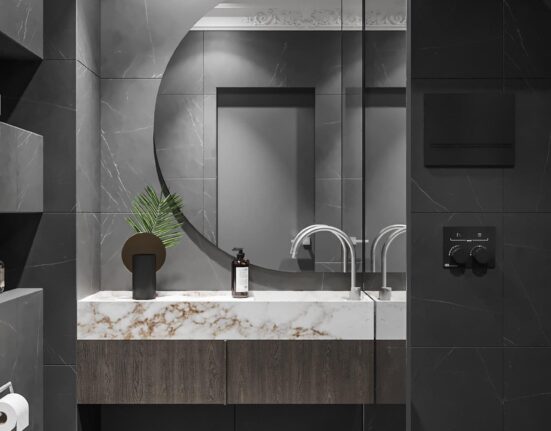
Leave feedback about this